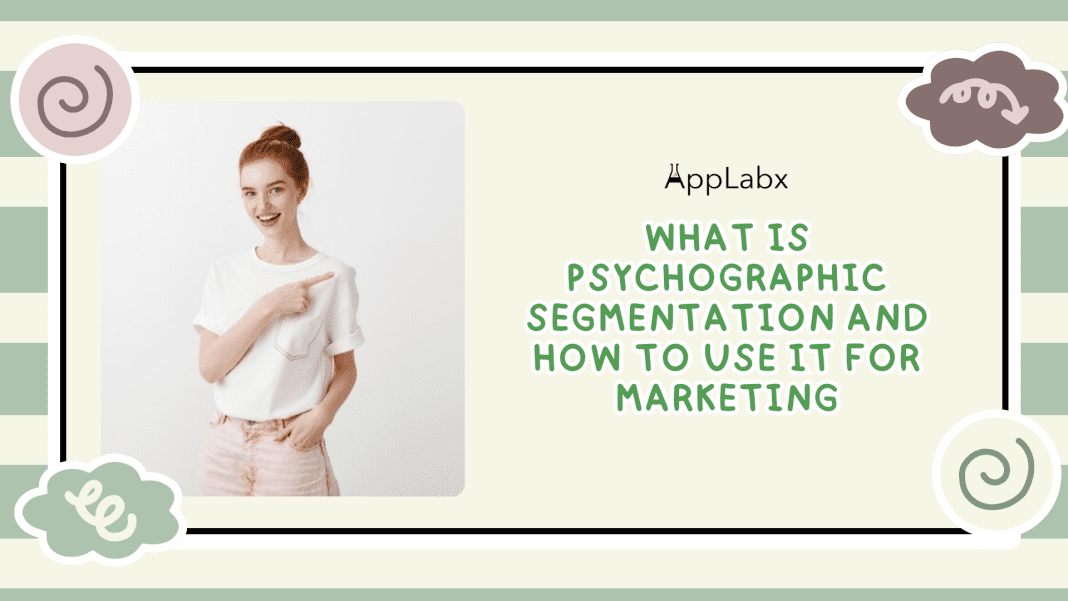Key Takeaways
- Consumer Understanding Beyond Demographics: Explore how Psychographic Segmentation delves into the values and lifestyles of your audience, providing a nuanced understanding that goes beyond traditional demographics for more targeted and effective marketing.
- Strategies for Personalized Engagement: Discover actionable strategies to leverage Psychographic Segmentation, tailoring marketing messages for personalized experiences.
From content creation to advertising campaigns, unlock the power of connecting on a deeper, emotional level. - Navigating Challenges, Maximizing Benefits: Learn how to navigate challenges such as data privacy concerns and stereotypes, while maximizing the tangible benefits of Psychographic Segmentation.
Implement real-time personalization and stay agile in your approach for enduring consumer connections.
Welcome to our in-depth exploration of one of the most powerful tools in modern marketing – Psychographic Segmentation.
As businesses navigate the ever-evolving landscape of consumer behavior, understanding your audience is no longer a luxury but a strategic necessity.
In this comprehensive guide, we unravel the mysteries behind Psychographic Segmentation and delve into the practical steps on how to leverage it for marketing success.
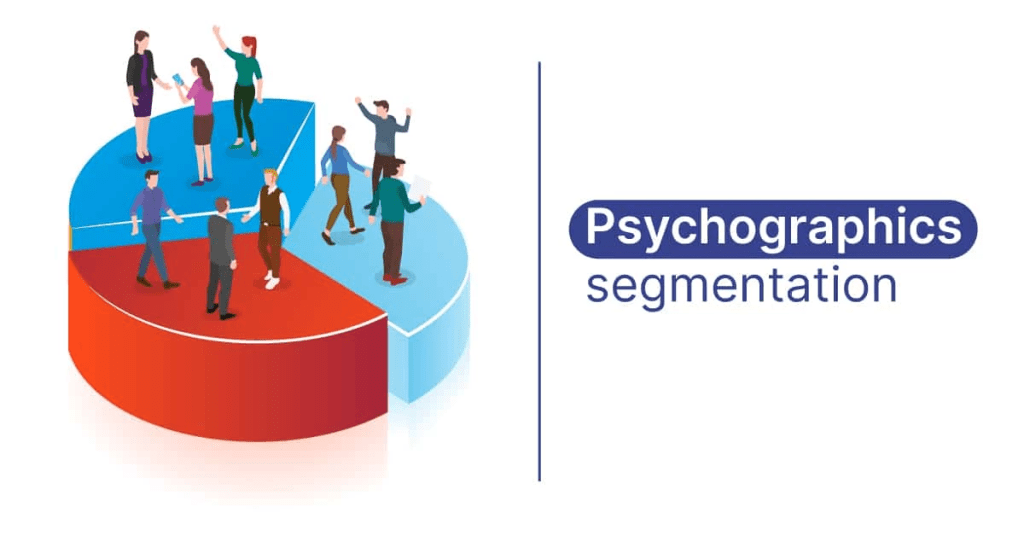
The Essence of Psychographic Segmentation
In the vast ocean of marketing strategies, Psychographic Segmentation stands out as a beacon of precision, allowing businesses to transcend traditional demographic boundaries and truly connect with their audience on a personal level.
At its core, this technique revolves around understanding the psychological aspects that drive consumer decisions.
It goes beyond age, gender, or income, delving into the intricate web of values, lifestyles, interests, and personalities that shape individual preferences.
Unmasking the Power Within
While demographic segmentation offers a broad categorization of your audience, psychographics go deeper, revealing the intricate tapestry of human intricacies that influence purchasing behaviours.
Imagine not just knowing who your customers are but understanding why they make the choices they do.
Psychographic Segmentation empowers businesses to craft highly targeted campaigns that resonate with the very essence of their customers, fostering a connection that transcends the transactional.
A Symphony of Lifestyle, Values, and Personality
Psychographic Segmentation dances at the intersection of lifestyle, values, and personality traits.
It acknowledges that consumers are not homogenous entities but individuals with unique aspirations, beliefs, and quirks.
By dissecting these elements, businesses can create nuanced marketing strategies that speak directly to the hearts and minds of their audience.
A Shift from Demographics: Understanding the Contrast
Before we dive into the ‘how,’ let’s differentiate Psychographic Segmentation from its more straightforward sibling, Demographic Segmentation.
While demographics are categorized based on external factors like age, gender, and income, psychographics delve into the internal world of consumer motivations, passions, and fears.
It’s not just about knowing your audience; it’s about understanding them in a way that transcends the superficial.
Beyond the Buzzwords: Real-World Impact
In a world inundated with marketing buzzwords, Psychographic Segmentation stands out for its tangible impact.
It’s not just a theoretical concept but a practical approach that has transformed the fortunes of countless businesses.
By recognizing and embracing the uniqueness of their audience, companies can tailor their messaging, products, and overall brand experience to align seamlessly with what their customers truly value.
Personalization Redefined: The End of One-Size-Fits-All Marketing
The era of one-size-fits-all marketing is fading into obscurity, making room for a more personalized approach.
Psychographic Segmentation heralds this shift, allowing marketers to bid farewell to generic messaging and embrace campaigns that feel tailor-made for each customer segment.
It’s not merely about selling a product; it’s about fostering a connection that transcends the transaction, creating loyal customers who see your brand as an extension of their identity.
Ethical Considerations
As with any powerful tool, Psychographic Segmentation comes with ethical considerations.
We navigate the delicate balance between personalization and privacy, ensuring your marketing strategies respect the boundaries of your audience.
Accuracy in the Age of Big Data
The accuracy of data is paramount to the success of Psychographic Segmentation.
We unravel the challenges associated with big data and offer strategies to ensure your insights are reliable and reflective of your audience’s true motivations.
Adapting to Changing Tides
Consumer behavior is a dynamic landscape, and staying ahead requires adaptability.
Discover how businesses can navigate the changing tides of consumer preferences while still leveraging the power of Psychographic Segmentation.
The dream of personalization at scale is no longer a distant goal but an achievable reality.
Discover how businesses are leveraging Psychographic Segmentation to personalize their offerings on a massive scale, creating a marketing landscape where every customer feels seen and heard.
But, before we venture further, we like to share who we are and what we do.
About AppLabx
From developing a solid marketing plan to creating compelling content, optimizing for search engines, leveraging social media, and utilizing paid advertising, AppLabx offers a comprehensive suite of digital marketing services designed to drive growth and profitability for your business.
AppLabx is well known for helping companies and startups use digital marketing to drive web traffic to their websites and web apps.
At AppLabx, we understand that no two businesses are alike. That’s why we take a personalized approach to every project, working closely with our clients to understand their unique needs and goals, and developing customized strategies to help them achieve success.
If you need a digital consultation, then send in an inquiry here.
What is Psychographic Segmentation and How to Use It For Marketing?
- Understanding Psychographic Segmentation
- Benefits of Psychographic Segmentation
- How to Implement Psychographic Segmentation in Marketing
- Challenges and Considerations
1. Understanding Psychographic Segmentation
Psychographic Segmentation, a cornerstone of modern marketing, transcends the limitations of traditional demographic analysis, delving into the intricate world of consumer psychology.
This methodology recognizes that consumers are not homogenous entities but individuals with unique values, lifestyles, interests, and personalities.
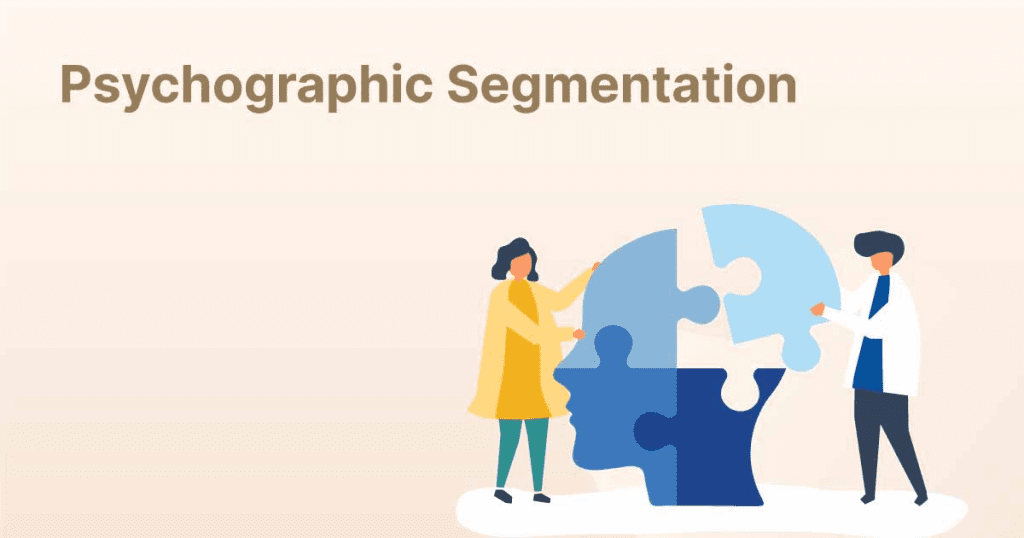
Defining Psychographic Segmentation: Beyond Demographics
- Demographic vs. Psychographic Segmentation:
- While demographic segmentation is categorized based on external factors like age, gender, and income, psychographics delves into the internal motivations and behaviours that drive consumer choices.
- Psychographic segmentation goes beyond the “who” to understand the “why” behind consumer decisions.
- Components of Psychographic Segmentation:
- Lifestyle:
- Examining consumer behaviours, preferences, and daily activities.
- Example: Targeting fitness enthusiasts with products tailored to an active lifestyle.
- Lifestyle:

- Values:
- Identifying the underlying principles and beliefs that guide consumer choices.
- Example: Appealing to eco-conscious consumers by emphasizing sustainable practices.
- Interests and Hobbies:
- Understanding recreational preferences and pastimes.
- Example: Crafting campaigns for book lovers or outdoor enthusiasts.
- Personality Traits:
- Analyzing individual characteristics and temperaments.
- Example: Creating content that resonates with adventurous and risk-taking personalities.

The Power of Psychographic Segmentation in Action
- Enhanced Customer Understanding:
- Psychographic segmentation fosters a deep understanding of consumer motivations, allowing businesses to tailor their strategies with pinpoint accuracy.
- Example: Netflix utilizes psychographics to recommend content based on individual viewing habits and preferences.

- Improved Targeting:
- By focusing on psychological attributes, marketers can precisely target segments with a higher probability of conversion.
- Example: Nike’s “Find Your Greatness” campaign resonates with consumers who identify with personal achievement and overcoming challenges.
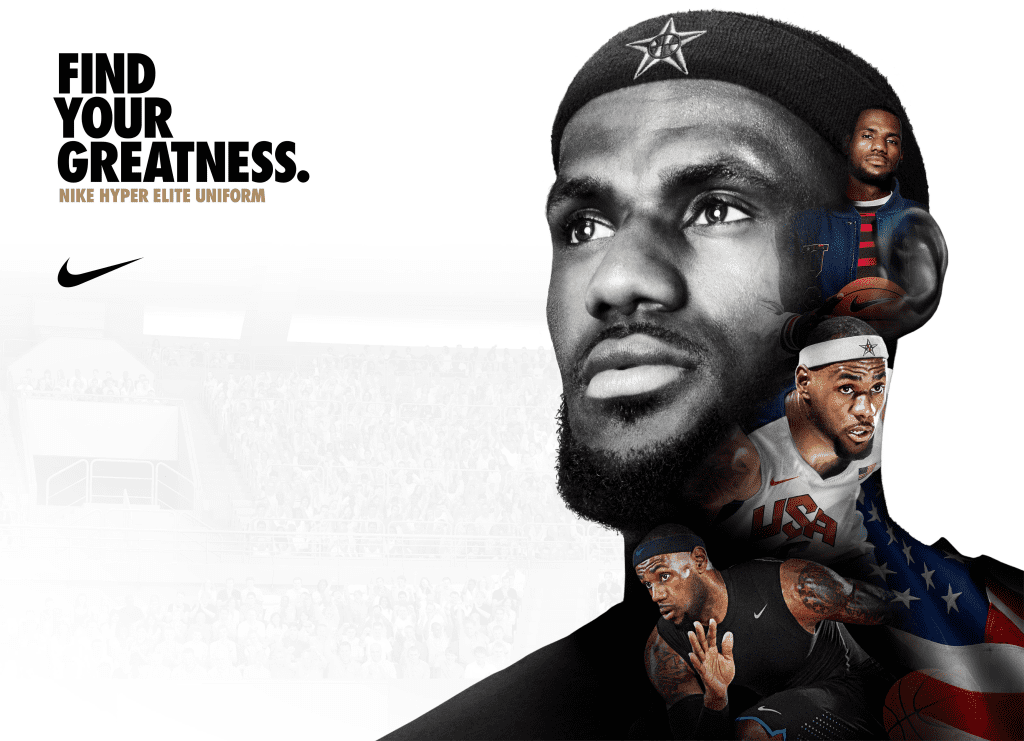
- Increased Relevance in Marketing Campaigns:
- Crafting campaigns that resonate on a personal level leads to higher engagement and connection with the audience.
- Example: Apple’s marketing, aligns with the values of innovation and creativity, creating a loyal customer base.
- Higher Conversion Rates:
- Personalized marketing strategies based on psychographic insights often result in improved conversion rates.
- Example: Amazon’s recommendation engine leverages psychographics to enhance the shopping experience, contributing to higher conversion rates.

Psychographics vs. Demographics: A Comparative Perspective
- Demographics: The Who
- Demographics provide a basic understanding of your audience’s composition.
- Example: Marketing a children’s toy to parents based on age and income.
- Psychographics: The Why
- Psychographics delve into the motivations behind consumer choices, providing a deeper understanding.
- Example: Understanding that parents may purchase toys for educational value or to encourage creativity.
- Combined Approach: A Comprehensive Strategy
- A synergistic approach that combines both demographics and psychographics can yield a holistic understanding of the target audience.
- Example: A luxury car brand combining demographic data on income with psychographics on status-conscious individuals.
The Role of Technology in Psychographic Segmentation
- Data Analytics Tools:
- Leveraging advanced analytics tools to process vast datasets and extract meaningful psychographic insights.
- Example: Google Analytics provides valuable data on user behaviour for psychographic analysis.
- Artificial Intelligence Integration:
- The integration of AI enhances psychographic segmentation by automating analysis and improving accuracy.
- Example: Chatbots collecting user data and preferences, contributing to psychographic insights.
- Online Behavior Analysis:
- Analyzing online behaviours, such as social media interactions and website visits, to discern psychographic patterns.
- Example: Facebook’s ad targeting options are based on user interests and interactions.
The Global Impact of Psychographic Segmentation
- Global Reach:
- Psychographic segmentation isn’t confined to local markets; it’s a global phenomenon shaping marketing strategies worldwide.
- Example: Coca-Cola tailoring campaigns to resonate with diverse cultural values across different countries.
- Cultural Sensitivity:
- Successful global campaigns require an understanding of cultural nuances and psychographic differences.
- Example: McDonald’s adapting its menu and marketing strategies to align with local preferences in different regions.
2. Benefits of Psychographic Segmentation
Psychographic Segmentation isn’t just a buzzword; it’s a game-changer in the marketing arena, offering businesses a nuanced understanding of their audience that transcends traditional demographic boundaries.
In this comprehensive exploration, we delve into the tangible benefits that arise when businesses embrace the power of psychographics.

Enhanced Customer Understanding
- Personalized Experiences:
- Psychographic segmentation allows businesses to tailor their offerings to align with the unique preferences and values of individual consumers.
- Example: Spotify curates personalized playlists based on users’ music preferences and moods.
- Deep Insights into Motivations:
- By understanding the underlying motivations and aspirations of their audience, businesses can create marketing strategies that resonate on a personal level.
- Example: Nike’s “Just Do It” campaign connects with consumers on a motivational level, encouraging them to pursue their goals.

Improved Targeting and Engagement
- Precision in Marketing Campaigns:
- Psychographic segmentation enables businesses to target specific segments with messaging that deeply resonates, leading to higher engagement rates.
- Example: Airbnb tailors its marketing messages to adventure seekers, cultural enthusiasts, and relaxation seekers, creating a connection with each segment.
- Reduced Marketing Costs:
- Targeting specific psychographic segments results in more efficient use of resources, reducing the overall cost of marketing campaigns.
- Example: A beauty brand focusing on eco-conscious consumers can allocate resources to sustainable packaging, resonating with their target audience.
Increased Relevance in Messaging
- Building Emotional Connections:
- Psychographic segmentation allows businesses to craft emotionally resonant messages that foster a deeper connection with consumers.
- Example: Dove’s Real Beauty campaign connects with consumers on an emotional level by challenging traditional beauty standards.
- Brand Loyalty and Advocacy:
- When marketing messages align with the values and beliefs of consumers, they foster brand loyalty and turn customers into advocates.
- Example: Patagonia’s commitment to environmental sustainability resonates with eco-conscious consumers, turning them into brand advocates.

Higher Conversion Rates
- Tailored Product Recommendations:
- Psychographic data empowers businesses to make precise product recommendations, increasing the likelihood of conversions.
- Example: Amazon’s recommendation engine uses psychographic insights to suggest products based on individual preferences and past purchases.
- Personalized Shopping Experiences:
- E-commerce platforms leverage psychographics to create personalized shopping experiences, enhancing the overall customer journey.
- Example: Online clothing retailers offering personalized style recommendations based on individual fashion preferences.
Strategic Product Development
- Innovative Product Offerings:
- Psychographic segmentation informs businesses about the preferences and desires of their audience, guiding the development of products that align with these preferences.
- Example: Apple continuously innovates its products, catering to the preferences of tech-savvy and design-conscious consumers.
- Agile Response to Trends:
- Businesses can adapt quickly to changing consumer trends by staying attuned to psychographic shifts, ensuring their products remain relevant.
- Example: Food delivery services introducing plant-based options in response to the growing trend of plant-based diets.
Data-Driven Decision Making
- Actionable Insights from Data:
- Psychographic data provides actionable insights that go beyond surface-level information, enabling businesses to make informed decisions.
- Example: Social media analytics reveal the interests and conversations of target audiences, influencing content creation.
- Continuous Refinement of Strategies:
- Ongoing analysis of psychographic data allows businesses to refine and optimize their marketing strategies based on evolving consumer behaviours.
- Example: A tech company adapting its advertising strategies based on shifts in consumer preferences for online entertainment.
3. How to Implement Psychographic Segmentation in Marketing
Implementing psychographic segmentation in marketing is a strategic journey that requires a thoughtful and data-driven approach.
In this detailed exploration, we’ll guide you through the practical steps involved, supported by real-world examples and insights from successful campaigns.
Conducting Market Research for Psychographic Insights
- Surveys and Questionnaires:
- Launching surveys and questionnaires helps gather direct feedback from your audience, unveiling their values, interests, and preferences.
- Example: A health and wellness brand conducting surveys to understand the specific wellness goals and lifestyle preferences of its target audience.
- Social Media Listening:
- Analyzing conversations on social media platforms provides valuable insights into consumer opinions, sentiments, and trends.
- Example: Monitoring hashtags related to a brand or industry on X (formerly Twitter) to gauge public sentiment and identify key themes.
- Data Analysis:
- Leveraging analytics tools to analyze customer interactions, website behaviour, and purchase history yields valuable psychographic data.
- Example: E-commerce platforms using Google Analytics to understand the online behaviour of customers and tailor product recommendations.

Creating Detailed Customer Personas
- Demographic Information:
- Begin with basic demographic details but focus on psychographic elements like hobbies, values, and lifestyle choices.
- Example: A luxury travel brand creating a persona for adventure seekers who value unique and exclusive experiences.
- Preferences and Interests:
- Dive deep into consumer preferences and interests to craft personas that resonate with your target audience.
- Example: A technology company developing a persona for early adopters who value innovation and cutting-edge features.
- Behavioural Traits:
- Incorporate behavioural traits such as buying patterns, brand loyalty, and decision-making processes into your personas.
- Example: A beauty brand crafting a persona for environmentally conscious consumers who prioritize cruelty-free and sustainable products.
Tailoring Marketing Messages to Psychographic Segments
- Content Marketing Strategies:
- Develop content that speaks directly to the values and interests of specific psychographic segments, creating a more personalized connection.
- Example: A fitness brand creating content around healthy living for health-conscious segments and performance-driven content for fitness enthusiasts.
- Advertising Campaigns:
- Design targeted advertising campaigns that resonate with the emotions and aspirations of different psychographic segments.
- Example: An apparel brand launching separate ad campaigns highlighting comfort and functionality for one segment and style and trends for another.
Utilizing Psychographic Data in Product Development
- Identifying Product Opportunities:
- Analyze psychographic data to identify gaps or opportunities in the market for products that align with consumer preferences.
- Example: A food company introducing plant-based products in response to the growing trend of plant-based diets among health-conscious consumers.
- Enhancing Existing Products:
- Use psychographic insights to enhance existing products based on consumer expectations and desires.
- Example: A technology company releasing software updates that cater to the evolving preferences and needs of their tech-savvy customer base.
Real-Time Personalization in Marketing Strategies
- Dynamic Website Content:
- Implement dynamic content on your website that adapts in real-time based on visitor behaviour and psychographic data.
- Example: An e-commerce site changing homepage content to showcase products based on the user’s past browsing history and preferences.
- Email Marketing Personalization:
- Utilize psychographic insights to personalize email campaigns, delivering content and offers that align with individual preferences.
- Example: An online bookstore sending personalized book recommendations based on a customer’s favourite genres and authors.
Strategic Use of Psychographic Segmentation Tools
- Data Analytics Tools:
- Invest in advanced analytics tools that facilitate the interpretation of psychographic data, providing actionable insights.
- Example: Using tools like Tableau or IBM Watson Analytics to visualize and understand complex psychographic patterns.
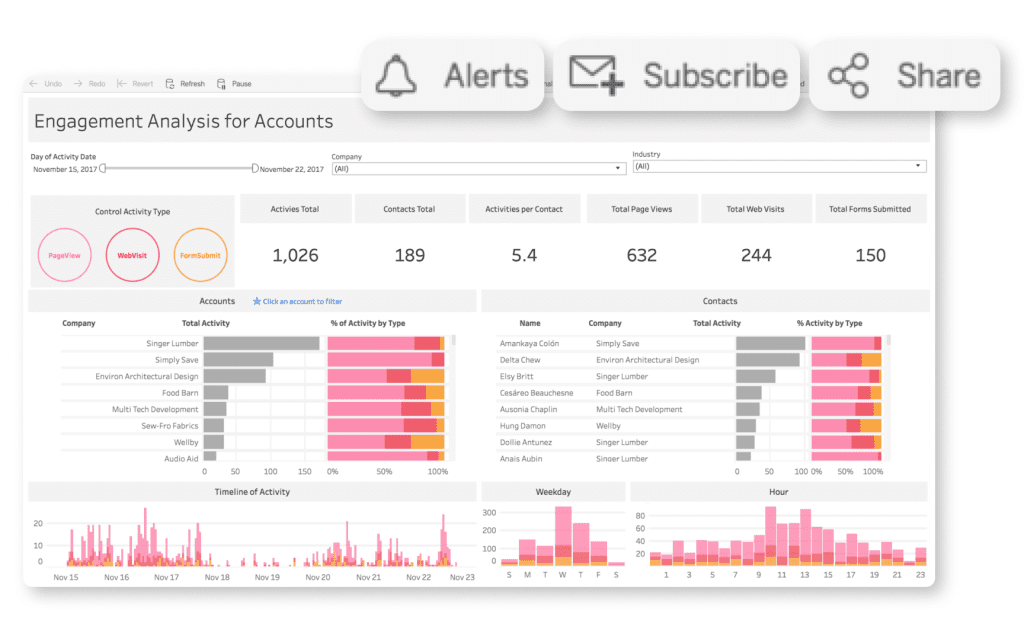
- Customer Segmentation Software:
- Implement customer segmentation software that streamlines the process of organizing and managing psychographic data.
- Example: Customer relationship management (CRM) software like HubSpot or Salesforce, which allows businesses to categorize customers based on psychographic attributes.
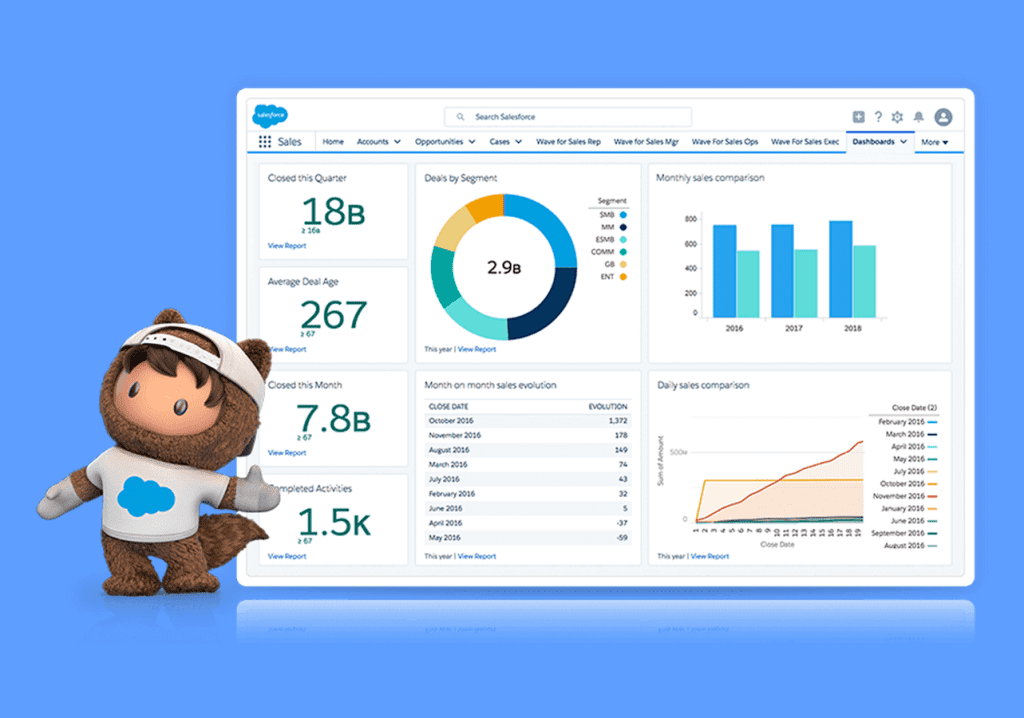
- Online Resources and Courses:
- Equip your marketing team with the necessary skills through online resources and courses that focus on psychographic segmentation.
- Example: Enrolling in courses on platforms like Coursera or LinkedIn Learning to stay updated on the latest trends and best practices in psychographic segmentation.

Monitoring and Adapting Strategies Over Time
- Regular Analysis of Psychographic Data:
- Continuously monitor and analyze psychographic data to identify shifts in consumer behaviour and adapt marketing strategies accordingly.
- Example: A fashion brand regularly reviews psychographic data to stay attuned to changing style preferences and emerging trends.
- Feedback Mechanisms:
- Implement feedback mechanisms to gather insights directly from your audience, ensuring ongoing relevance and effectiveness of your strategies.
- Example: Using customer surveys or feedback forms on websites to gather opinions on recent campaigns and product offerings.
4. Challenges and Considerations
As businesses embrace psychographic segmentation as a powerful marketing tool, it’s crucial to acknowledge and address the challenges that come with this nuanced approach.
In this comprehensive exploration, we delve into the hurdles and considerations that marketers should be mindful of to ensure effective implementation.

Data Privacy Concerns in Psychographic Segmentation
- Growing Privacy Awareness:
- Balancing Personalization and Privacy:
- Psychographic segmentation relies heavily on personal data, requiring businesses to strike a delicate balance between delivering personalized experiences and respecting privacy boundaries.
- Example: Companies like Apple emphasize user privacy features, allowing users more control over their data.
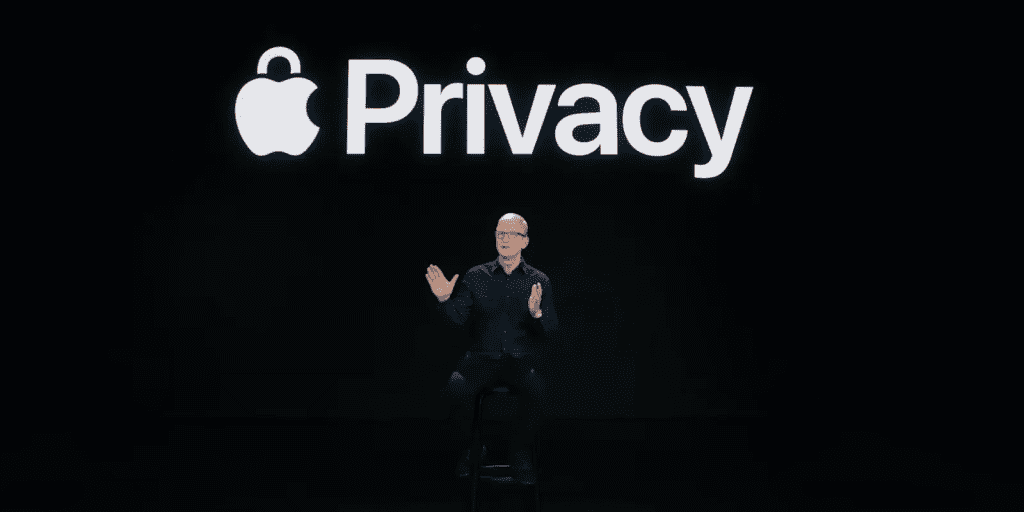
Overcoming Biases and Stereotypes
- Stereotyping Pitfalls:
- Psychographic segmentation may inadvertently lead to stereotyping if not executed carefully, potentially alienating certain segments.
- Example: Assuming that all individuals in a certain psychographic segment share identical preferences or behaviours can result in misrepresentation.
- Diverse Perspectives:
- Recognizing the diversity within psychographic segments is essential to avoid perpetuating stereotypes.
- Example: Understanding that the preferences and values within a segment like “millennials” can vary significantly, requiring a more nuanced approach.
Limited Access to Comprehensive Data
- Data Accessibility Challenges:
- Access to comprehensive psychographic data may be limited, especially for smaller businesses with constrained resources.
- Example: Start-ups or local businesses may struggle to gather extensive psychographic data compared to larger enterprises.
- Reliance on Third-Party Data:
- Many businesses resort to third-party data sources, which may lack accuracy or fail to capture the intricacies of individual psychographic profiles.
- Example: Purchased datasets may not align perfectly with a business’s specific audience, leading to less effective segmentation.
Dynamic Nature of Psychographic Traits
- Evolving Consumer Behavior:
- Psychographic traits are subject to change due to evolving societal trends and individual experiences.
- Example: The shifting attitudes toward sustainability, where consumer preferences may change as environmental awareness grows.
- Continuous Monitoring:
- Marketers need to continually monitor and adapt their psychographic segmentation strategies to reflect evolving consumer behaviours.
- Example: Social and cultural movements may impact psychographic traits, requiring marketers to stay agile in their approach.

Integration with Demographic and Geographic Factors
- Comprehensive Understanding:
- Integrating psychographic segmentation with demographic and geographic factors ensures a more holistic understanding of the target audience.
- Example: A beverage brand considers not only the psychographic preferences of its consumers but also demographic factors like age and geographic factors like location.
- Data Synthesis Challenges:
- Synthesizing and analyzing data from multiple sources can be challenging, requiring sophisticated analytics tools and expertise.
- Example: Creating a comprehensive customer profile may involve merging data from CRM systems, social media, and purchase history.
Technological Barriers to Implementation
- Resource Constraints:
- Smaller businesses may face challenges in implementing psychographic segmentation due to limited access to advanced technologies.
- Example: Investing in sophisticated AI-powered tools for psychographic analysis may be financially challenging for some businesses.
- Training and Skill Requirements:
- The effective use of psychographic segmentation tools often requires a skilled workforce, which may pose a barrier for some organizations.
- Example: Companies may need to invest in training programs to upskill their marketing teams in utilizing psychographic segmentation tools.
Ethical Considerations in Marketing Practices
- Avoiding Manipulation:
- Psychographic segmentation, if not ethically implemented, could be perceived as manipulative, especially in influencing consumer behaviors.
- Example: Designing marketing messages that respect consumer autonomy rather than coercing them into certain actions.
- Transparent Communication:
- Maintaining transparency about the use of psychographic data in marketing practices helps build trust with consumers.
- Example: Clearly communicating in privacy policies and marketing materials how data is collected and utilized in personalization efforts.
Conclusion
In the dynamic realm of modern marketing, where personalization is the linchpin of successful campaigns, psychographic segmentation emerges as a beacon guiding businesses toward a deeper understanding of their audience.
Through this extensive exploration of “What is Psychographic Segmentation and How to Use It For Marketing,” we’ve navigated the intricacies, benefits, and challenges of this transformative approach.
A Journey into Consumer Understanding
Our journey commenced with an in-depth look at the essence of psychographic segmentation, transcending the limitations of traditional demographics.
We uncovered the core concept: understanding consumers not just as statistical data points but as individuals with unique motivations, values, and lifestyles.
Psychographic segmentation, with its focus on attitudes, interests, and opinions, has proven to be a gateway to unlocking the door to consumer psychology.
The Dynamic Landscape of Consumer Insights
As we delved deeper, we explored the dynamic nature of psychographic traits, recognizing that consumer behaviors evolve with societal shifts and individual experiences.
Successful implementation demands continuous monitoring and adaptation, a commitment to staying attuned to the ever-changing currents of consumer preferences.
Realizing Tangible Benefits
From personalized experiences and improved targeting to higher conversion rates and strategic product development, the advantages are not just theoretical but manifest in the success of industry giants and innovative disruptors.
Nurturing Connection Through Data
The integration of psychographic segmentation with demographic and geographic factors emerged as a pivotal consideration.
We explored the importance of creating comprehensive customer personas that consider a spectrum of factors, fostering a holistic understanding of the target audience.
The synthesis of diverse data sources, while challenging, proved to be the key to crafting nuanced marketing strategies.
Meeting Challenges Head-On
However, this journey was not without its challenges.
From navigating data privacy concerns and avoiding stereotypes to addressing limited data accessibility and overcoming technological barriers, businesses must tread carefully.
The ethical implications of psychographic segmentation require transparent communication and an unwavering commitment to avoiding manipulative practices.
Strategic Implementation Unveiled
The implementation of psychographic segmentation involves a strategic blend of market research, detailed customer personas, tailored messaging, and real-time personalization.
By leveraging advanced tools, businesses can overcome challenges and harness the full potential of psychographic insights, creating meaningful connections with their audience.
The Path Forward
As we conclude this exploration, it becomes evident that psychographic segmentation is not merely a marketing strategy; it’s a journey toward connection and resonance.
Businesses that embrace the complexity of consumer preferences and invest in understanding the intricacies of psychographic data are poised for success in the competitive landscape.
In a world inundated with marketing messages, psychographic segmentation stands as a beacon of authenticity and relevance.
It’s a testament to the transformative power of connecting with consumers on a personal level, acknowledging their values, and aligning marketing strategies with their aspirations.
A Call to Action
For marketers ready to embark on this transformative journey, the call to action is clear.
Embrace the challenges as opportunities for growth, invest in comprehensive research, and continually refine strategies based on evolving consumer behaviors.
With the right blend of creativity, data-driven decision-making, and a commitment to ethical practices, businesses can forge lasting connections that transcend transactional relationships.
In the ever-evolving landscape of marketing, psychographic segmentation isn’t just a tool; it’s a compass guiding businesses toward the true north of consumer understanding.
As we navigate the future, let the insights gleaned from psychographic segmentation be the catalyst for innovation, relevance, and enduring connections in the vast and ever-changing world of marketing.
If you are looking for a top-class digital marketer, then book a free consultation slot here.
If you find this article useful, why not share it with your friends and business partners, and also leave a nice comment below?
We, at the AppLabx Research Team, strive to bring the latest and most meaningful data, guides, and statistics to your doorstep.
To get access to top-quality guides, click over to the AppLabx Blog.
People also ask
How can advertisers use psychographics effectively?
Advertisers can effectively use psychographics by understanding consumer values, attitudes, and interests. Tailor messages to resonate with specific psychographic segments, creating personalized campaigns. Leverage data analytics for real-time personalization, ensuring relevance and deepening consumer connections.
How does Apple use psychographic segmentation?
Apple employs psychographic segmentation by targeting tech enthusiasts, design-conscious individuals, and those who value innovation. Their marketing emphasizes lifestyle integration, creating a sense of belonging for consumers who identify with Apple’s brand values and aesthetics.
How does Starbucks use psychographic segmentation?
Starbucks excels in psychographic segmentation by positioning itself as a lifestyle brand. Catering to those valuing premium experiences, community engagement, and ethical sourcing, Starbucks fosters a sense of belonging. Their marketing resonates with diverse psychographic segments, uniting coffee lovers worldwide.


























